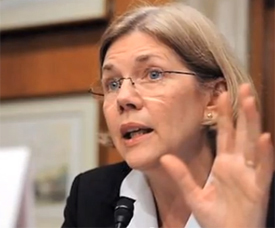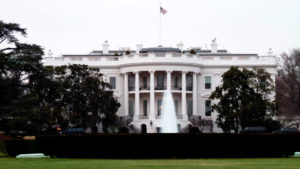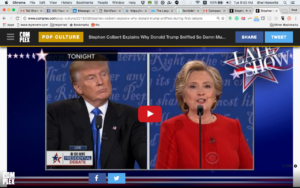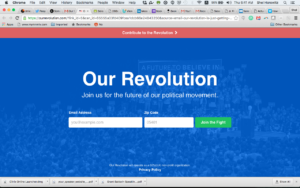Why Did Pepsi Get Attacked As “Tone-Deaf” On This Ad?
Have you seen the infamous Pepsi ad that’s been called “tone-deaf” by progressives, and which Pepsi pulled quickly? Before you read the rest of this post, please write your impression of it in the comments.
I watched the part of it shown on this segment of The View.

And I agree with Whoopi: the message is about inclusion.
Yes, it is co-opting the movement. Advertisements have always co-opted cultural memes. If you wear $60 torn jeans, you can thank the hippies and grunge-punks who wore their clothes to rattiness. For that matter, Bud commercials and Wheaties cereal boxes have been co-opting sports culture for decades (it feels like millennia).
I’m old enough to remember when hijab-wearing women and people of color and same-sex couples would not have been allowed anywhere near a commercial. What I see most of all is a message to DT that we are united in our diversity (and that includes the cops, who are actually our allies most of the time–and which the movement made a big mistake in automatically trashing in the 1960s).
I also agree with Whoopi that water is my preferred drink over any kind of soda.
That Pepsi was attacked to the point where they pulled the ad is much more shocking to me than the ad itself.
But I guess I shouldn’t be shocked. Here in the Blue Bubble, behind the “Tofu Curtain” (not a phrase I invented) in Massachusetts’ Hampshire/Franklin Counties—one of the bluest parts of a very liberal state—those accusations of “tone deaf” are all-too-familiar. Two among many examples:
- A program in which cops in the schools did something sociable with the kids was kiboshed and the very progressive police chief (an out lesbian who was seen at Pride Day marches long before she became chief) was trashed as tone-deaf
- Two towns over, several years ago, a production of “West Side Story” was canceled because some people thought the whole idea of the play was racist. I don’t know if they read the script or saw the movie, but to me, that movie makes a statement against racism, just like Twain’s Huckleberry Finn (which has also been criticized for racism, because it uses the N-word—even though it was written in the 19th century when that was the term used and the whole premise of the story is to show the absurdity and cruelty of racism)
It reminds me of the days when the left (my teenage self included) would practically canonize any extreme statement that happened to be made by a person of color or one who identified as any shade of LGBTQ, even if that statement incited violence against innocent people who happened to be white and straight. I should have spoken out against those outrages 45 years ago, but I was just as hoodwinked.
I’m not talk about any false unity of sweeping real grievances under the rug. But I am objecting to the shrill side of political correctness that demonizes the Other without even listening, even when the Other is mere steps away on the political spectrum, dividing instead of uniting and leaving us all at risk when the real forces of repression sweep in.









